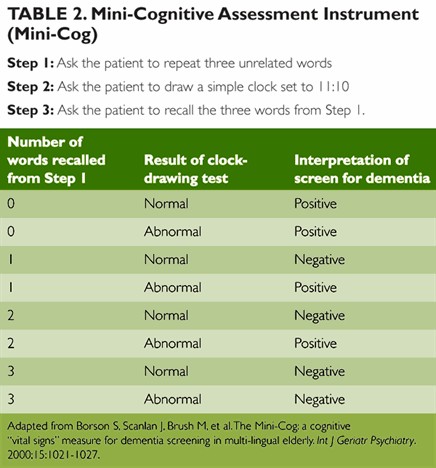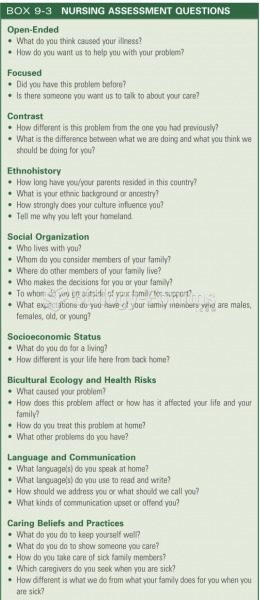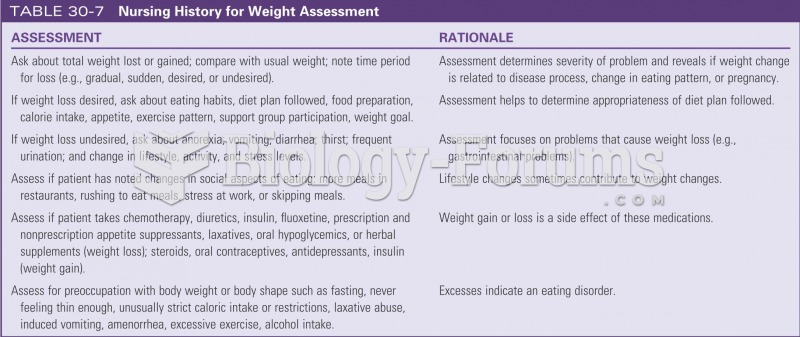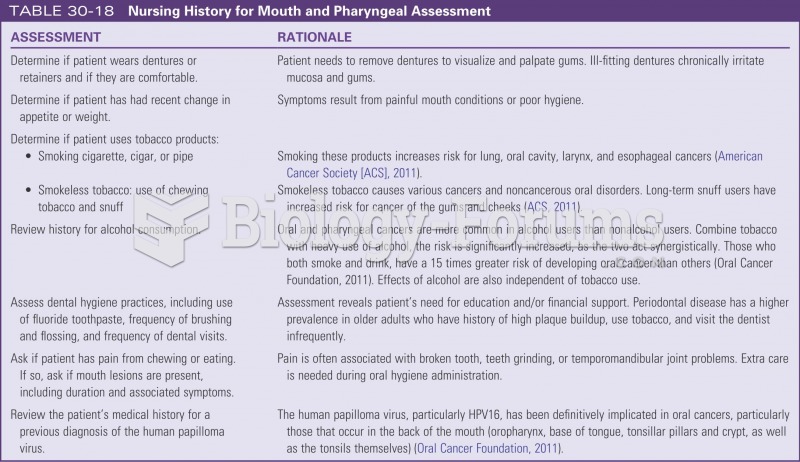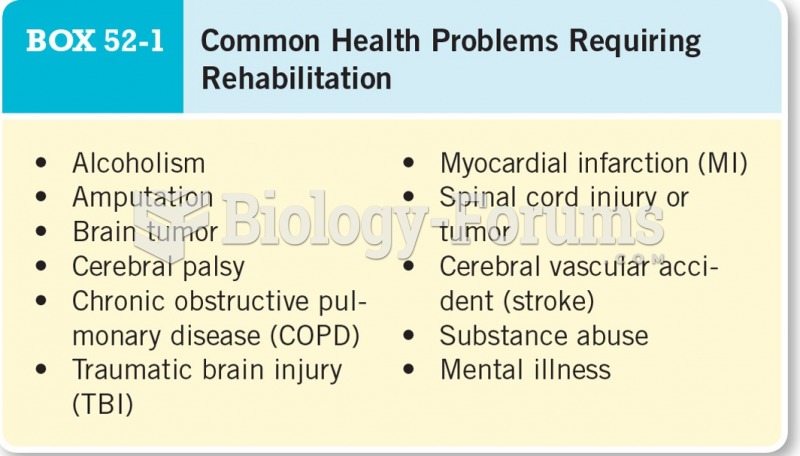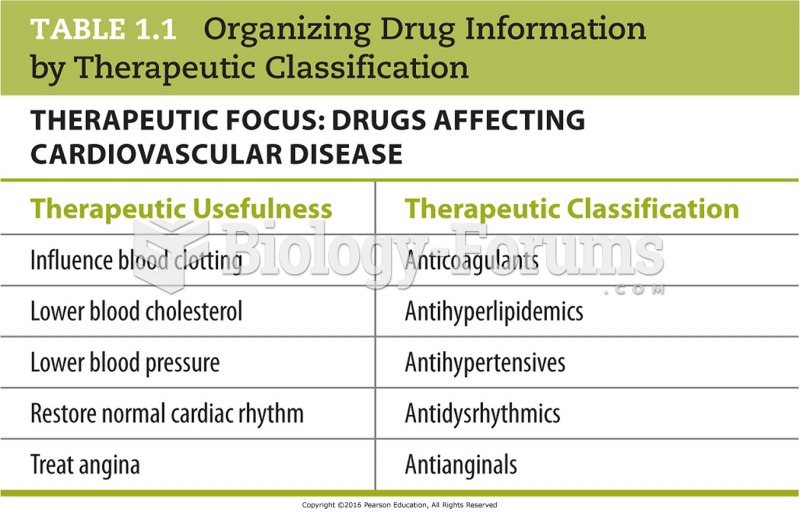Answer to Question 1
Correct Answer: 3,4,5,6
Rationale 1: The ANA has a position statement on privacy, confidentiality of medical records, and the nurse's role, but it is not one of the classification systems used in the United States.
Rationale 2: HIPAA is a piece of legislation that increased privacy access to health records.
Rationale 3: ANA Nursing Information and Data Set Evaluation Center (NIDSEC) has established guidelines for the use of nursing terminology by companies that are creating software programs for nursing application. In doing this, NIDSEC recognizes the classification systems that include North American Nursing Diagnosis Association (NANDA) taxonomy.
Rationale 4: ANA Nursing Information and Data Set Evaluation Center (NIDSEC) has established guidelines for the use of nursing terminology by companies that are creating software programs for nursing application. In doing this, NIDSEC recognizes the classification systems that include the Omaha System.
Rationale 5: ANA Nursing Information and Data Set Evaluation Center (NIDSEC) has established guidelines for the use of nursing terminology by companies that are creating software programs for nursing application. In doing this, NIDSEC recognizes the classification systems that include the Home Health Care Classification (HHCC).
Rationale 6: ANA Nursing Information and Data Set Evaluation Center (NIDSEC) has established guidelines for the use of nursing terminology by companies that are creating software programs for nursing application. In doing this, NIDSEC recognizes the classification systems that include the Nursing Outcomes Classification (NOC).
Answer to Question 2
Correct Answer: 2
Rationale 1: Information in a computer data system may not always be safe, and it would be inappropriate for the nurse to say this.
Rationale 2: Maintaining privacy and security of data is a significant issue. One way that computers can protect data is by the use of passwords-only those persons who have a legitimate need to access the data receive the password.
Rationale 3: Nurses need to be involved with the design, implementation, and evaluation of client-based patient records (CPRs) to maximize their use and effectiveness, but this does not ensure security.
Rationale 4: Reminding the client that there is indeed cause for privacy concerns is not therapeutic.


